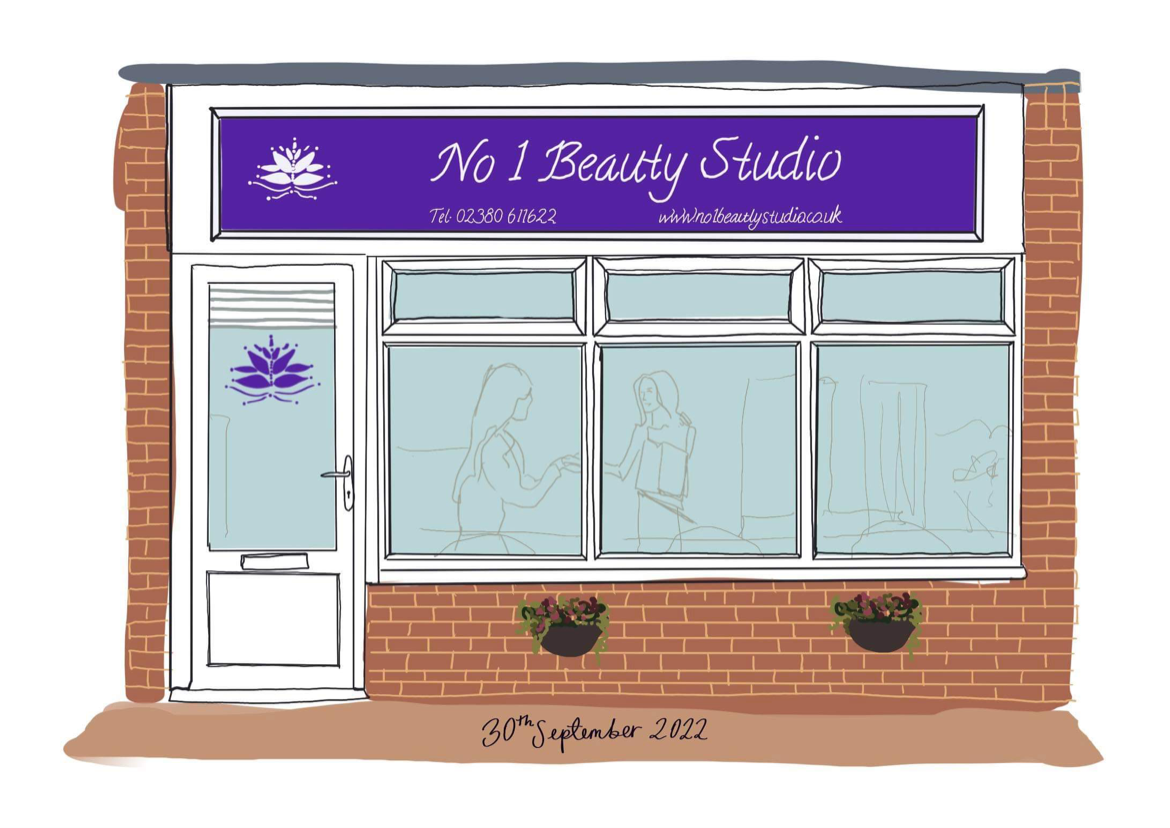Blackheads, those tiny yet stubborn blemishes, have an uncanny knack for appearing just when you least expect them, often becoming the unwelcome guests on your skin. Their presence can be a source of annoyance and frustration, leading many on a quest to seek effective remedies. Fortunately, there’s a skin-reviving hero in town – microdermabrasion. At No1 Beauty Studio, we understand the struggle that blackheads pose to your skin’s clarity and radiance. That’s why we’re here to guide you through the transformative journey of microdermabrasion, a remarkable solution to bid farewell to these pesky intruders.
- Understanding Blackheads
- What is Microdermabrasion?
- Microdermabrasion for Blackheads: How Does It Help?
- The Microdermabrasion Procedure
- Aftercare and Recovery
- Frequently Asked Questions
Understanding Blackheads
To effectively address blackheads and appreciate the role of microdermabrasion in their treatment, it’s essential to understand what blackheads are and how they form.
Blackheads, scientifically known as open comedones, are a common type of acne lesion. They appear as tiny, dark spots on the skin, typically on the nose, forehead, and chin. Unlike whiteheads, which have a layer of skin covering the pore, blackheads are open to the air. This exposure to oxygen causes the trapped contents to oxidise and turn dark, giving blackheads their distinctive appearance.
The development of blackheads begins when hair follicles become clogged with a combination of dead skin cells, oils, and sometimes bacteria. Unlike whiteheads, where the pore is sealed, blackheads remain open, allowing the trapped material to come into contact with air, resulting in the dark color.
These factors contribute to the formation of blackheads:
- Excess Sebum Production: Overactive oil glands can lead to an increased buildup of sebum, the skin’s natural oil. When combined with dead skin cells, this can clog pores and lead to blackheads.
- Dead Skin Cell Accumulation: The skin naturally sheds dead skin cells, but sometimes this process becomes inefficient, causing a buildup that can clog pores.
- Hormonal Changes: Hormonal fluctuations, such as those occurring during puberty, menstruation, and pregnancy, can lead to increased oil production and a higher likelihood of blackheads.
- Cosmetics and Products: Some makeup and skincare products may contain ingredients that contribute to pore blockage, particularly if they’re unsuitable for your skin type.
- Diet and Lifestyle: An unbalanced diet, especially one high in sugary or greasy foods, can exacerbate blackhead formation. Additionally, factors like stress and an inadequate skincare routine can play a role.
Understanding the causes and characteristics of blackheads is essential for effective management.
What is Microdermabrasion?
Microdermabrasion is a non-invasive skincare procedure that has gained popularity for its effectiveness in addressing various skin concerns, including blackheads. It’s a safe and controlled exfoliation technique that involves the removal of the top layer of dead skin cells, revealing smoother, fresher skin underneath.
The procedure typically uses a specialised handheld device that sprays tiny abrasive crystals onto the skin’s surface. These crystals exfoliate the skin while a vacuum system simultaneously removes the dead skin cells and used crystals. This process promotes collagen production, enhances blood circulation, and stimulates cell turnover, contributing to an overall improvement in skin texture and appearance.
Microdermabrasion can be particularly beneficial for tackling blackheads because it helps address the root causes of their formation. Here’s how microdermabrasion can help combat blackheads:
- Exfoliation: Microdermabrasion effectively removes the outermost layer of skin, which includes dead skin cells and debris that can clog pores and lead to blackheads. By regularly exfoliating the skin, this treatment minimizes the buildup of these pore-clogging materials.
- Unclogs Pores: The exfoliation process opens up clogged pores, allowing trapped sebum and debris to be released. This helps to reduce the appearance of existing blackheads and prevents the formation of new ones.
- Stimulates Collagen Production: Microdermabrasion stimulates collagen and elastin production, promoting skin elasticity and health. This can help tighten enlarged pores, making them less susceptible to blockages.
- Enhances Absorption: After microdermabrasion, the skin is more receptive to skincare products. This means that any subsequent application of blackhead-fighting products, such as salicylic acid or benzoyl peroxide, can penetrate more deeply and work more effectively.
- Smooths Skin Texture: One of the aesthetic benefits of microdermabrasion is the smoothing of skin texture. As blackheads are often accompanied by rough, uneven skin, this treatment helps create a more even complexion.
Microdermabrasion is suitable for most skin types and tones, and it can be customised to meet individual skincare needs. It’s a safe and relatively painless procedure, with minimal downtime, making it a convenient option for those looking to address blackheads and achieve healthier, clearer skin.
Microdermabrasion for Blackheads: How Does It Help?
1. Exfoliation and Dead Skin Removal:
Microdermabrasion is primarily known for its exfoliating properties. It targets the top layer of skin, known as the stratum corneum, which is often where blackheads originate. This layer contains dead skin cells, oils, and other debris that can accumulate and clog your pores, leading to the formation of blackheads.
During a microdermabrasion treatment, the tiny abrasive crystals used in the procedure gently remove this outermost layer of dead skin. By eliminating this buildup, microdermabrasion reduces the conditions that encourage blackhead formation.
2. Unclogging Pores:
The exfoliation process effectively clears away the impurities that block your pores and lead to blackheads. As the procedure removes dead skin cells, excess oil, and debris, it allows for better pore drainage and prevents the accumulation of materials that can contribute to blackheads.
3. Enhanced Absorption of Blackhead-Fighting Products:
Microdermabrasion enhances the penetration of skincare products. After the treatment, your skin is more receptive to topical solutions designed to combat blackheads, such as salicylic acid or benzoyl peroxide. This means that these products can work more effectively to target and eliminate blackheads.
4. Pore Tightening:
Enlarged pores are often associated with blackheads. Microdermabrasion can help tighten these pores, making them appear smaller and less prone to clogging. By promoting collagen production and skin elasticity, this procedure can contribute to an overall improvement in the appearance of your skin and a reduction in the occurrence of blackheads.
5. Improved Skin Texture:
Blackheads can leave your skin feeling rough and uneven. Microdermabrasion smooths the skin’s texture by removing the outer layer of dead skin cells. This results in a softer, more even complexion.
6. Minimal Discomfort and Downtime:
Microdermabrasion is a gentle and non-invasive procedure. Most people experience little to no discomfort during the treatment. There is also minimal downtime, meaning you can return to your regular activities shortly after your session.
Incorporating microdermabrasion for blackheads into your skincare routine can be particularly beneficial if you struggle with blackheads. Regular sessions can help reduce their occurrence, improve your skin’s overall health, and leave you with a fresh, radiant complexion.
The Microdermabrasion Procedure
Microdermabrasion is a non-invasive cosmetic procedure that can help in the battle against blackheads and various other skin issues. In this section, we’ll walk you through the steps involved in a typical microdermabrasion session so you’ll know exactly what to expect.
1. Consultation:
Before any cosmetic procedure, it’s essential to have a consultation with a skincare professional. During this consultation, you’ll discuss your skincare concerns, goals, and medical history. This information helps determine if microdermabrasion is the right choice for you. If it is, you’ll schedule your treatment.
2. Preparing Your Skin:
On the day of your microdermabrasion appointment, it’s advisable to arrive with clean skin. Remove any makeup, creams, or lotions from your face to ensure the procedure’s effectiveness. The skincare professional will also cleanse your skin thoroughly to remove any remaining residue.
3. The Microdermabrasion Device:
Microdermabrasion employs a handheld device that delivers a controlled stream of fine abrasive crystals to your skin’s surface. The device’s vacuum system simultaneously suctions away the exfoliated skin cells and crystals. The precise level of abrasion and suction is adjusted based on your skin type and specific concerns.
4. Treatment:
Your skincare professional will systematically move the microdermabrasion wand across your skin. They will pay particular attention to areas with blackheads or other concerns. You’ll feel a gentle, exfoliating sensation during the treatment, but it should not be painful. Most sessions last around 30 to 40 minutes.
5. Application of Skincare Products:
After the microdermabrasion treatment, your skin is primed to absorb skincare products more effectively. Your skincare professional may apply products with blackhead-fighting ingredients, such as salicylic acid or glycolic acid. These products can penetrate your skin more deeply after exfoliation.
6. Sunscreen Application:
Post-treatment, your skin may be slightly more sensitive to the sun. Applying sunscreen is crucial to protect your newly exfoliated skin from UV damage. Your skincare professional will typically recommend a broad-spectrum sunscreen suitable for your skin type.
7. Immediate Results:
One of the remarkable aspects of microdermabrasion is that you can see immediate results. Your skin should appear smoother, brighter, and refreshed right after the treatment. Some people even notice a reduction in the appearance of blackheads.
8. Number of Sessions:
While you may experience immediate benefits from a single microdermabrasion session, a series of treatments is often recommended for optimal results. Your skincare professional will advise you on the ideal frequency and number of sessions based on your skincare goals.
Aftercare and Recovery
Microdermabrasion is known for its minimal downtime and relatively easy aftercare. However, to ensure the best results and minimise any potential side effects, it’s essential to follow some simple aftercare guidelines.
- Keep Your Skin Hydrated: After microdermabrasion, your skin may feel slightly dry or tight. Use a gentle, hydrating moisturiser to lock in moisture and promote healing.
- Avoid Sun Exposure: Protect your skin from the sun for at least a few days after treatment. Wear sunscreen with SPF 30 or higher and consider wearing a wide-brimmed hat if you need to go outside.
- Skip Harsh Products: Steer clear of harsh skincare products, such as those containing alpha hydroxy acids (AHAs), beta hydroxy acids (BHAs), or retinoids, for a few days post-treatment. These products can be too abrasive on freshly exfoliated skin.
- Avoid Scrubs and Exfoliants: While your skin is in the recovery phase, skip any physical exfoliants, like scrubs or facial brushes. These can be too abrasive and may irritate your skin.
- Stay Hydrated: Drinking plenty of water helps keep your skin hydrated from the inside out. Proper hydration supports the healing process.
- Limit Makeup: If possible, try to go makeup-free for the rest of the day after your microdermabrasion treatment. If you must wear makeup, choose mineral-based products, as they are less likely to clog your pores.
- Gentle Cleansing: Use a mild, non-abrasive cleanser to wash your face. Avoid hot water, and opt for lukewarm water to prevent further irritation.
- Avoid Picking or Touching: It can be tempting to touch or pick at your skin, especially as it starts to peel or flake. Resist the urge, as this can lead to infection and scarring.
Frequently Asked Questions
- Is microdermabrasion for Blackheads safe for all skin types? Microdermabrasion is generally safe for most skin types. However, it may not be suitable for those with severe acne, eczema, rosacea, or other skin conditions. It’s crucial to have a consultation with a skincare professional to determine if microdermabrasion is right for you.
- Is the procedure painful? Microdermabrasion is typically not painful. You may feel a slight scratching or vibrating sensation during the treatment, but it should not be uncomfortable. Most people find it to be a gentle and tolerable procedure.
- How many sessions are needed to see results? The number of sessions required varies depending on your skin concerns and goals. Some individuals notice improvements after a single session, while others may require a series of treatments. Your skincare professional will recommend the appropriate treatment plan for you.
- Can I wear makeup after microdermabrasion? It’s advisable to avoid wearing makeup immediately after the procedure to allow your skin to breathe and heal. If you need to wear makeup, choose non-comedogenic, mineral-based products.
- Are there any side effects? Side effects are typically minimal and may include temporary redness, mild swelling, or sensitivity. These effects usually subside within a day or two. It’s essential to follow aftercare instructions to minimise any potential side effects.
Check out our other blogs!
Stone Massages For Overall Wellness
Embrace Autumn SkinCare with Hydrating Facial Treatments
Discover the Ultimate Pampering Experience at our Beauty Salon in Eastleigh
Top Skincare Tips for Eastleigh Residents
Experience The Best Microdermabrasion In Eastleigh At No1 Beauty Studio
The Ultimate Guide to Nourishing Skincare for Sensitive Skin
Achieve Radiant Youthful Skin for Valentine’s Day
Deep-Cleansing Facials Southampton: Pamper Your Skin
Unlock Your Confidence: Achieving Smooth Skin for Summer
Embrace Spring with the Effortless Advantages of Lash Lifting


